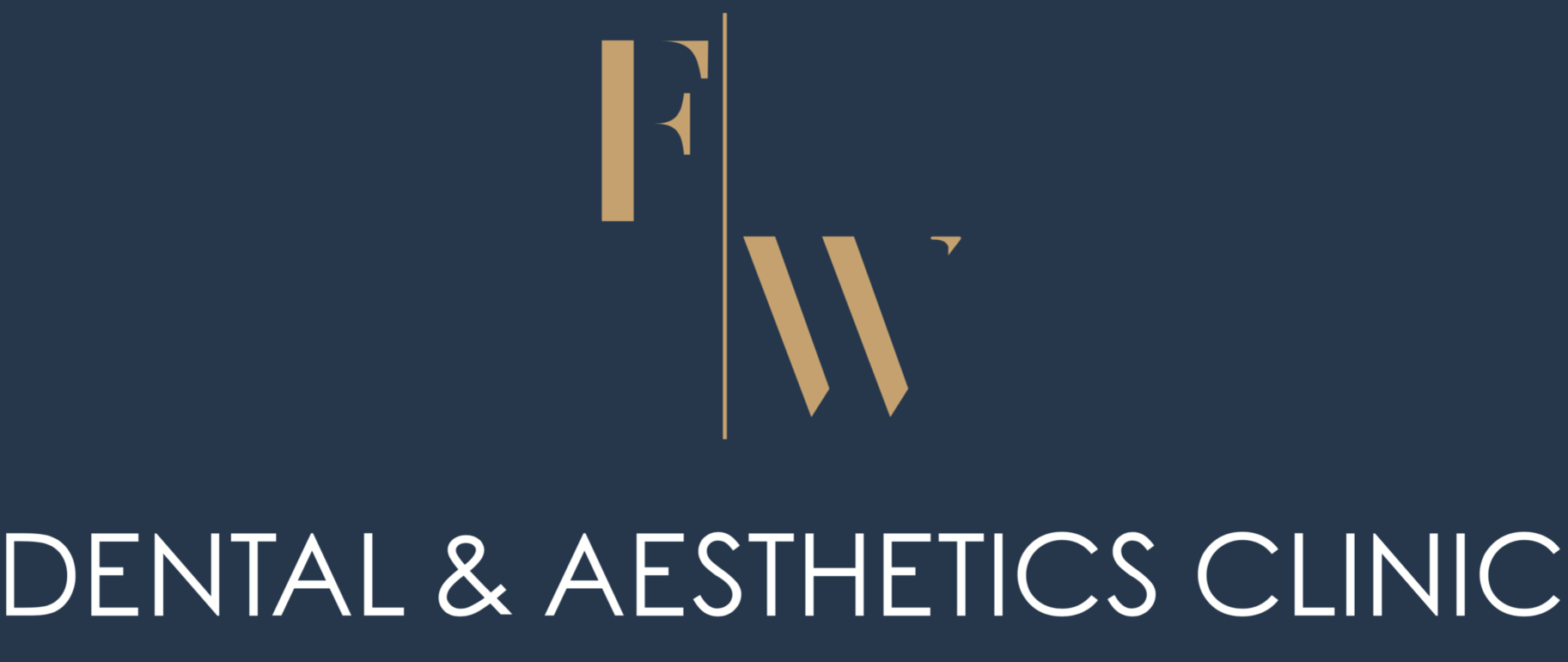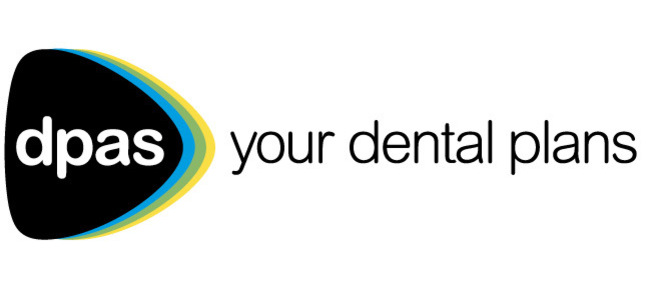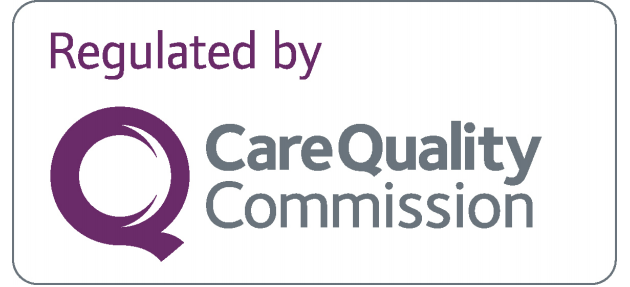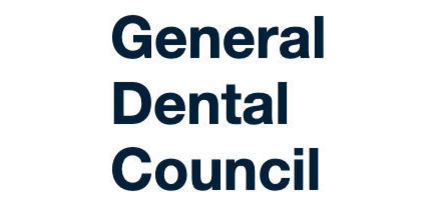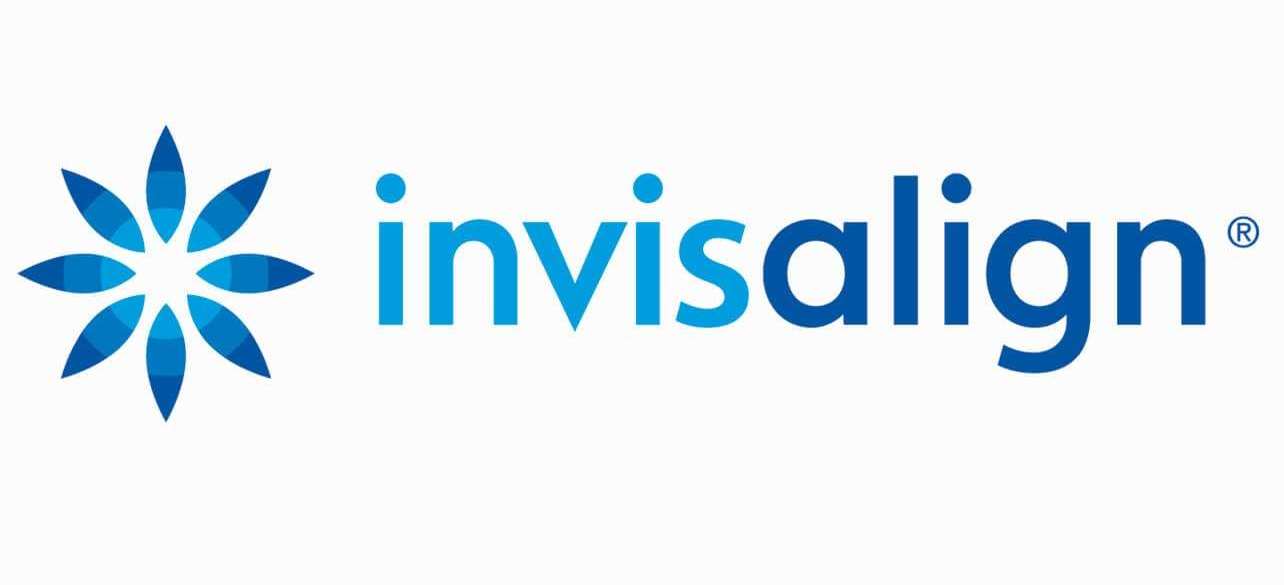Anti-Wrinkle Injections Smooth away lines and wrinkles for more youthful-looking skin. Appointments available in Sevenoaks.
What are anti-wrinkle injections?
Anti-wrinkle injections are used to relax specific muscles, which stops the skin in that area from creasing, causing lines and wrinkles to soften and even fade away.
It is generally safer and more advisable to seek botox treatments from regulated professionals in settings like dental clinics in the UK.
Anti-wrinkle injection Cost

From £150
Anti-wrinkle injection Procedure Time

15mins
Anti-wrinkle injection Recovery Time

No downtime
How do Anti-wrinkle injections work?
Whenever we smile, laugh, frown, chew, raise our eyebrows or even talk, we use the muscles in our face. Over time, the skin on our face becomes creased in the areas of greatest use. The ageing process causes the slow down of collagen and elastin production in the skin so that as we get older, these areas of over-use become damaged and the lines become more permanent.
Anti-wrinkle injections reduce the movement of muscles in these areas, which stops the skin from being creased and allows it to recover, causing lines to soften and smooth away.
In the areas treated, the muscles are temporarily inactivated (always reversible), during which time the patient can break the subconscious habit of overusing these muscles. Depending on each individual and the dose used, the response to treatment can vary from a relaxation of the muscles to an inability to move the muscles.
What happens during treatment?
The procedure takes about 15 minutes. The practitioner will ask you to use certain muscles of the face to observe how they work. An extremely fine, short needle is used to inject the appropriate area. The area may have some slight redness and swelling, which normally resolves in an hour or two. After treatment, you should not massage the injected area. You should not lie down for four hours after treatment.
How quickly will I see results?
The treatment normally starts to take effect after 4 – 14 days, but this may vary slightly.
How long do anti-wrinkle injections last?
The effects will normally last between 2 and 6 months, when you will start to notice an ability to move the muscles more freely.
How many treatments will I need?
For the first couple of years, frequent treatments are required to ‘re-educate’ the facial muscles. As time goes by, treatments will be less frequent until a yearly maintenance treatment is normally all that is required.
Areas that can be treated with anti-wrinkle injections:
Forehead wrinkles
Crow's feet
Under-eye lines
Frown lines
Marionette lines
Top of the nose
Lipstick lines
Other uses of anti-wrinkle injections:
May help :
Migraines
Gummy smile
Excessive sweating
Eyelid spasms
Jaw clenching and grinding
How safe are anti-wrinkle injections?
Anti-wrinkle injections used in tiny doses, as it is in cosmetic therapy, has a very high margin of safety.
Treatment is not recommended if you are pregnant or a nursing mother.
Are there any side effects to Botox?
Side effects of this treatment are rare. Most people find that the injection causes only mild discomfort. Immediately after the injection there may be mild swelling, which usually subsides in 48 hours.
Occasionally a temporary drooping of the eyelid can occur. This may last a few weeks, but will always resolve. Special eye drops can be prescribed during this time to help lift the lid back into the normal position. In extremely rare cases patients have developed an allergy to the treatment, while others have shown resistance, i.e. it causes little or no effect on the treated muscles.
The most common reported side effects of anti-wrinkle injections:
Tenderness
Bruising
Temporary headache
Drooping of the eyelid or brow
Excessive watering of the eye
Mild inflammation of the surface of the eye
Less common side effects include:
Inflammation of the surface of the eye
Eversion of inversion of the eyelids
Light sensitivity/double vision
Dizziness, rash, tiredness
Facial weakness/droop/asymmetry
Allergic reaction
How long have anti-wrinkle injections been in use?
As long ago as 1978, anti-wrinkle injections was used as a treatment for patients with eye squints by weakening the overactive eye muscle. Since then, it has been used in a variety of therapeutic areas such as a spasmodic neck, writer’s cramp, tics, multiple sclerosis, facial spasms, Parkinson’s Disease and cerebral palsy, to name but a few. More recently, the use of anti-wrinkle injections for cosmetic therapy has become more widespread.
Anti-wrinkle injections at Fourways
Anti-wrinkle injections are carried out at Fourways by Dr. Aviva Riley.
